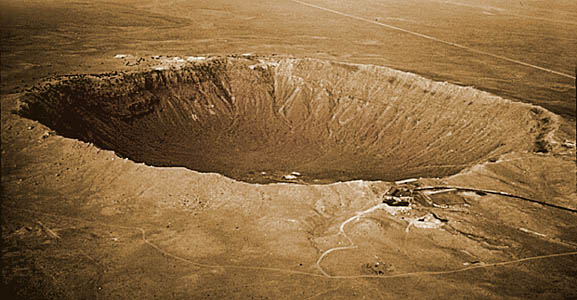Future
Second Generation Engines
Hybrid Launch Vehicle
Terrestrial Applications
Asteroid deflection missions

In equation 2,  is the average velocity in the direction of the thrust vector. This implies that an ideal application for a second generation engine would be asteroid deflection, where a very small velocity change is required orthogonal to the velocity vector of the asteroid itself. Thus a 1 kW engine, powered and cooled by a 24kW nuclear power source would provide sufficient thrust to impart a 0.2 m/sec deflection velocity to an asteroid weighing 1.5 billion tonnes, over a 1 year thrust period. If the thrust vector is maintained orthogonal to the asteroid velocity, a deflection of 300,000 km would be achieved over 10 years, for an asteroid of approximately 1 km diameter.
is the average velocity in the direction of the thrust vector. This implies that an ideal application for a second generation engine would be asteroid deflection, where a very small velocity change is required orthogonal to the velocity vector of the asteroid itself. Thus a 1 kW engine, powered and cooled by a 24kW nuclear power source would provide sufficient thrust to impart a 0.2 m/sec deflection velocity to an asteroid weighing 1.5 billion tonnes, over a 1 year thrust period. If the thrust vector is maintained orthogonal to the asteroid velocity, a deflection of 300,000 km would be achieved over 10 years, for an asteroid of approximately 1 km diameter.